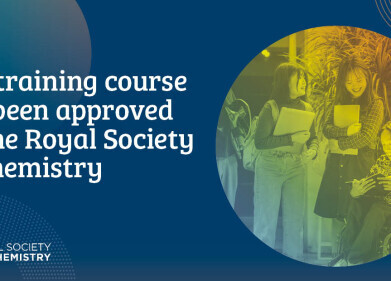Gas chromatography
Gas Chromatography Detects Bio contaminants in Water Samples
Mar 09 2021
Demands on the Earth’s resources are growing as population grows and clean resources become scarcer. One of the main resources needed is water – and unfortunately, we have not been great custodians of the global water supply. The ubiquitous face mask is even turning up on the seabed and we have only had Covid-19 for a year.
One of the many pollutants found in water are polychlorinated biphenyls (PCBs) which are classed along with many other pollutants as persistent organic pollutants (POPs). POPs can be highly toxic to both humans and other animals and plant life. Consequently, researchers have developed methods to detect and clean contaminated water. Researchers from the University of Valencia have recently developed a new method to filter contaminated water and clean it up, and they used gas chromatography to detect the contaminants in the water supply.
Part of the electrical world
PCBs are man-made organic chemicals containing carbon, hydrogen, and chlorine atoms. They can be a liquid or waxy solid depending on the number of chloride atoms and their configuration. The properties of PCBs including non-flammability, chemical stability and electrical insulating properties made their use in hundreds of different industrial applications attractive including electrical equipment, plasticizers in paint and plastics, and carbon paper.
But it was found that PCBs can be highly toxic to humans and the environment and so their manufacture was banned in many countries by the end of the last century. But they are still in use because of their stability. And it is their chemical stability that makes that so dangerous in the environment because they do not readily break down and instead accumulate to dangerous levels. In a press release, Carolina Belenguer from the University of Valencia said: In recent decades, industrial and social development has led to an exponential increase in environmental pollution.
Chromatography separates the PCBs
Details of the method developed by the team at the University of Valencia were published in a paper titled A new proposal for the determination of polychlorinated biphenyls in environmental water by using host-guest adsorption in the journal Science of The Total Environment. The method filters contaminated water with the polychlorinated biphenyls retained. The absorbent material contains silica modified with cyclodextrin molecules which allows for selective extraction of contaminants.
The contaminants removed by the method were analysed using gas chromatography with electron capture detector (GC-ECD). GC-ECD is known to be sensitive to halogenated compounds and so was ideal for this method. Improving the analysis of larger molecules is discussed in the article, Fast Analysis of Biomolecules by Using Smaller and Innovative Particles. The method developed by the team can analyse low levels of PCBs in a relatively quick time. It also has the advantages that it is cheap, simple, and sustainable.
Events
May 11 2025 Vienna, Austria
May 18 2025 Tempe. AZ, USA
May 21 2025 Birmingham, UK
Jun 01 2025 Baltimore, MD, USA
Jun 15 2025 Bruges, Belgium


.jpg)











